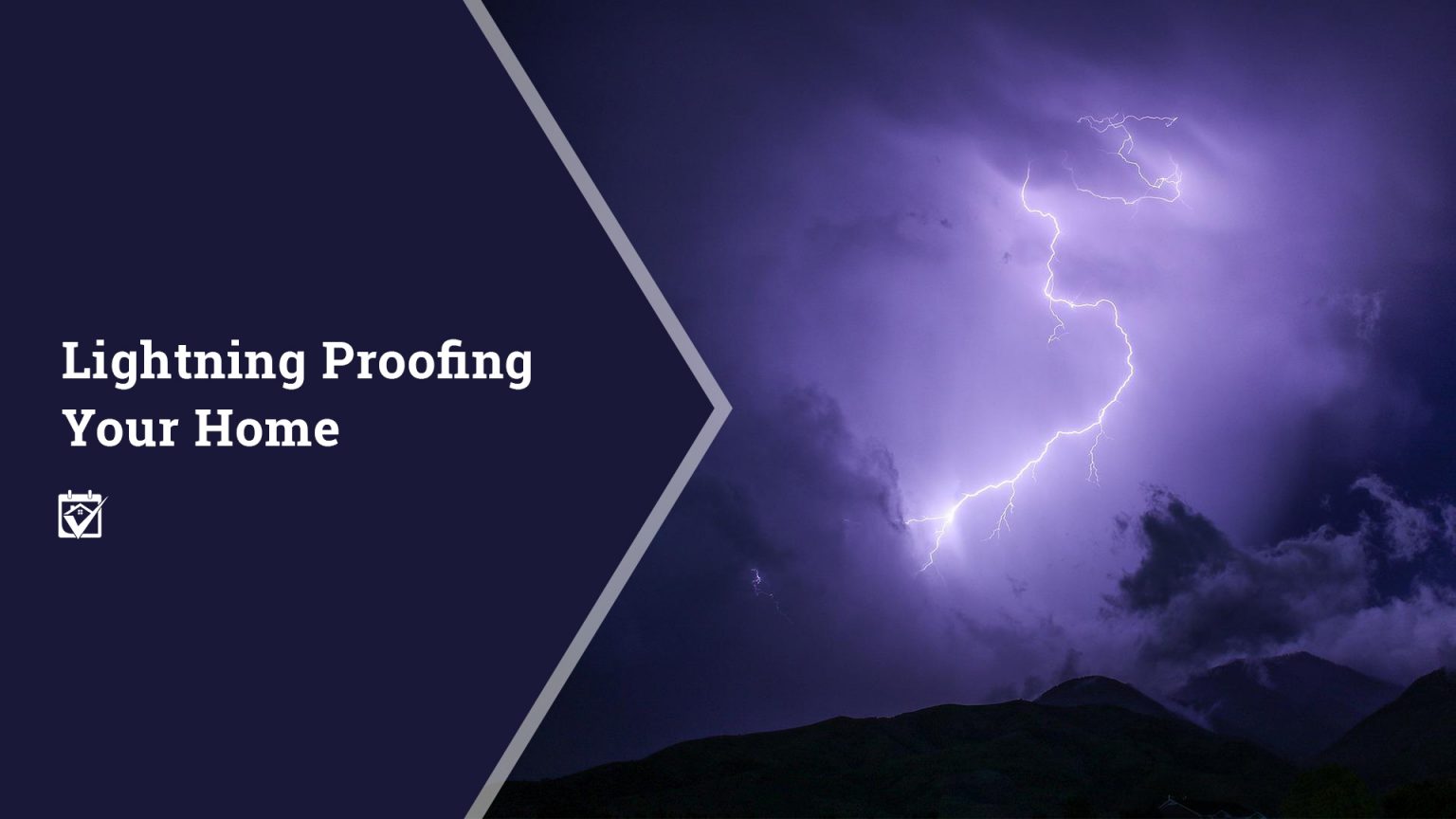
Big storms can be scary. With the wind, heavy rain, and the threat of even more extreme weather, they can also bring with them a lot of damage. While a lot of people make plans on how to react to some of the big dangers associated with storms, there’s one more common threat that often goes overlooked: lightning strikes.
To be fair, there’s a lot of folk wisdom about how unlikely it is to be struck by lightning (less than a 1 in 15,000 chance) and about how lightning doesn’t strike the same place twice (though it does). What this leaves out is that there’s a 1 in 200 chance that your home will be struck be lightning, or the amount of damage that one of these strikes can do. If you really want to protect your home and your belongings from the dangers of lightning, there are a few things you’ll need to do.
Protecting Your Home
The most well-known way to protect your home from a lightning strike is the installation of a lightning rod. These devices provide a simple but effective means of attracting lightning strikes and then diverting it to the ground instead of allowing it to strike and damage other parts of your home. They are an effective solution when it comes to direct lightning strikes, but you may be surprised to learn that even with a lightning rod in place your home can still suffer significant damage from lightning.
The problem is that lightning from nearby strikes can also damage your home as they gets conducted through wires, pipes, and other materials in your house. Unfortunately, a lightning rod isn’t going to help with this. Instead, it’s recommended that you have a whole-home lightning protection system that includes lightning rods as well as protection on main conductors, grounds, and other elements that can divert and redirect lightning electricity even if it isn’t coming from a direct strike.
Protecting Your Belongings
Another big issue with lightning strikes is that they can cause damage to a wide range of electronic devices in your home. Computers, televisions, and any other electronic device that’s plugged in can be irreparably damaged by a lightning strike and will have to be replaced. This is one reason that surge protectors and similar devices are so highly recommended, as they can help protect the devices that are plugged into them.
Whole-home surge protection systems are also recommended, as they can prevent a lightning surge from even reaching your outlets, preventing possible damage to your home’s wiring, and greatly reducing the likelihood that your devices will be damaged by a power surge before a power strip surge protector can trip its breaker. You should also take the time to unplug unnecessary devices during storms just in case, and to make sure that the surge protectors you connect your electronics up to feature transient voltage surge protection that place a hard limit of 1.5 times the normal voltage range, so that your belongings are protected against even non-lightning spikes and surges.
Overcoming the Threat of Lightning
One big thing that you should do to help protect your home and your belongings is to check your homeowner’s policy to make sure that it features protection from lightning-related damage both to the structure of your home and to the items within. While this is common in a lot of policies, this sort of protection isn’t always there, and it’s better to know what coverage you have before you need it. If you don’t have sufficient coverage, you should talk to your insurance agent to see what’s needed to increase the coverage your policy provides.
It’s also a good idea to talk to an electrician or other pro to get a lightning protection system professionally installed to make sure that it’s set up correctly. They can ensure that your system has everything you need to keep you safe in the event of lightning strikes on or near your home.

 Facebook
Facebook
 X
X
 Pinterest
Pinterest
 Copy Link
Copy Link


